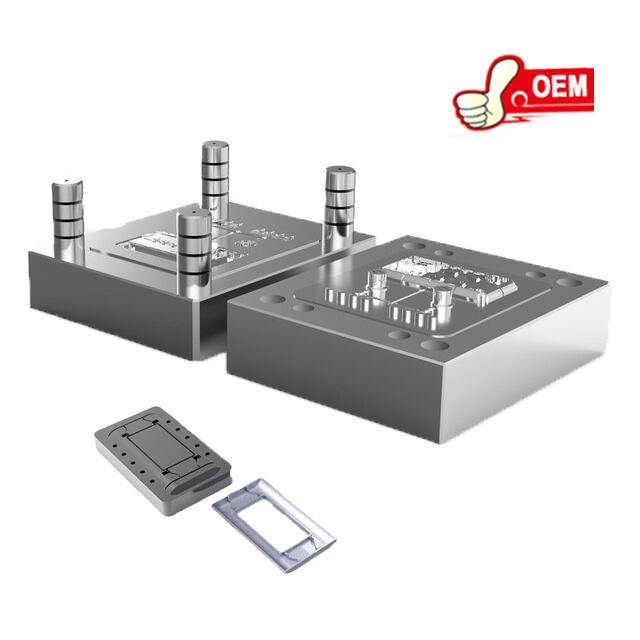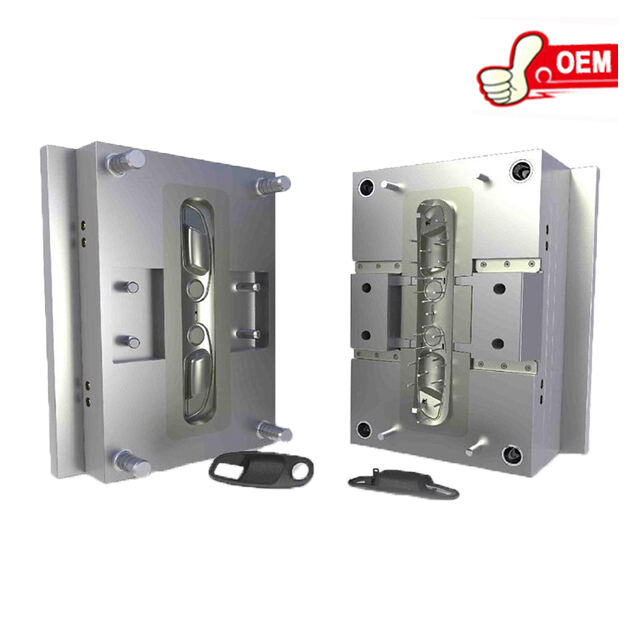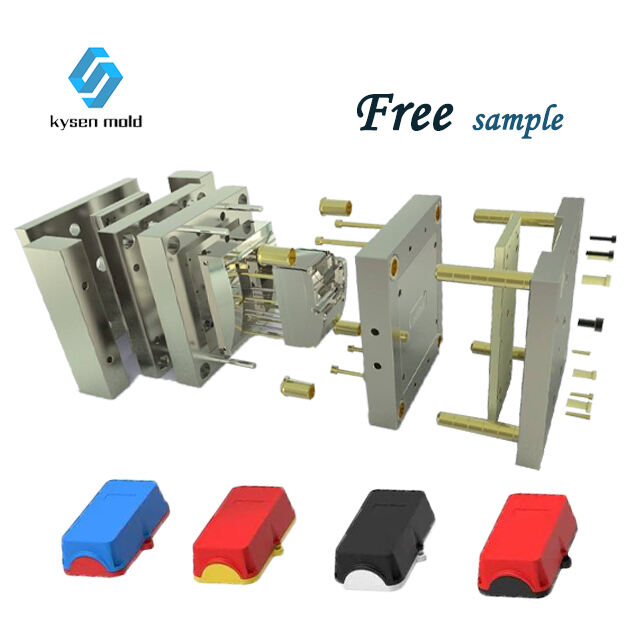injection molding
Injection molding is a manufacturing process used to produce parts by injecting molten material into a mold. The main functions of injection molding include shaping, forming, and fabricating plastic products in a highly efficient manner. Technological features of this process encompass precision molds, advanced heating systems, and automated control mechanisms that ensure consistent quality. The applications of injection molding are extensive, ranging from automotive parts and consumer electronics to medical devices and household goods. The process involves heating the material until it reaches a liquid state, injecting it into a mold under high pressure, and then allowing it to cool and solidify before removing the final product.


